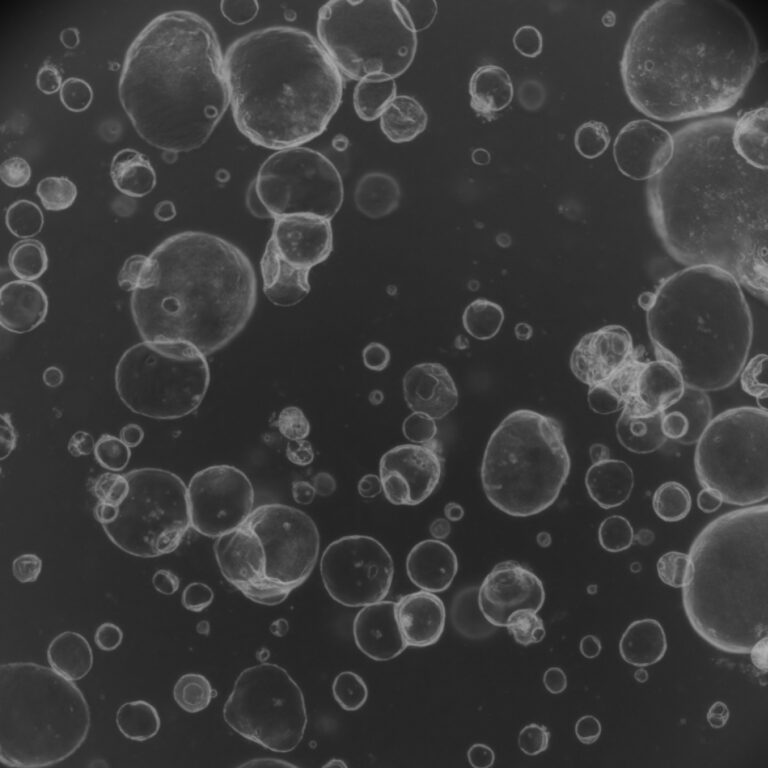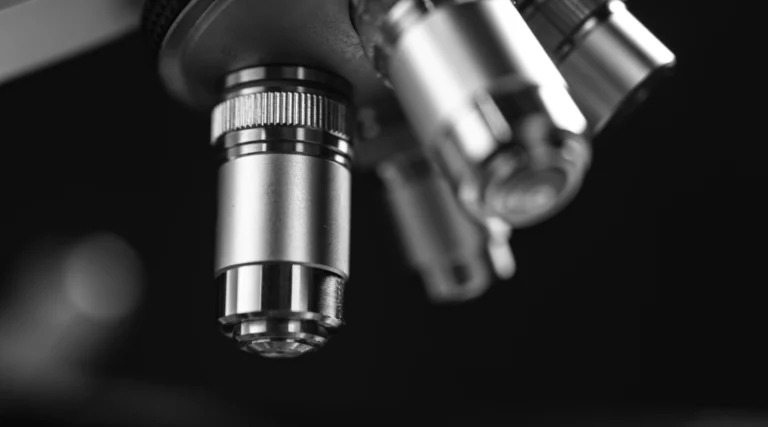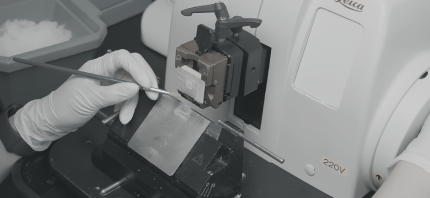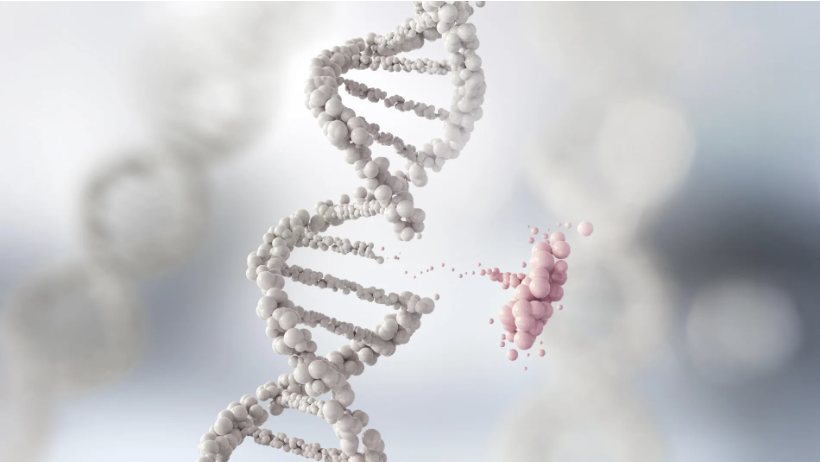Spatial quantitative metabolomics reveals persistent post‑stroke metabolic remodeling
Journal: Nature Metabolism
Author: Wang, G., van den Berg, B.M., Kostidis, S. et al., China / The Netherlands / Germany
Using advanced mass spectrometry imaging with ¹³C‑labeled internal standards, the study identified sustained metabolic reprogramming in the ipsilateral cortex – extending even to remote regions – long after cerebral ischemia in a mouse stroke model
Thor enables single-cell resolution in spatial transcriptomics
Journal: Nature Communications
Author: Zhang, P., Chen, W., Tran, T.N. et al., USA
Researchers have developed Thor, a computational framework that integrates spatial transcriptomics with histology to reconstruct gene expression at single-cell resolution. It supports multiple platforms and enables detailed tissue analysis.
Synthetic biological operational amplifiers enhance complex signal processing
Journal: Nature Communications
Author: Cao, W., Liu, L., Sun, Q. et al., China
Researchers have developed orthogonal biological operational amplifiers to improve signal separation and amplification in synthetic gene circuits. This approach enables more precise and dynamic control of cellular responses.
Single-cell atlas reveals cellular changes in human knee osteoarthritis
Journal: Nature Communications Biology
Author: Raut, R.D., Chakraborty, A.K., Neogi, T. et al., USA
Researchers generated a multi‑tissue, single-cell atlas of the human knee and found that osteoarthritis is associated with a decrease in regenerative tissue stem cells and an increase in inflammatory macrophages linked to pain




